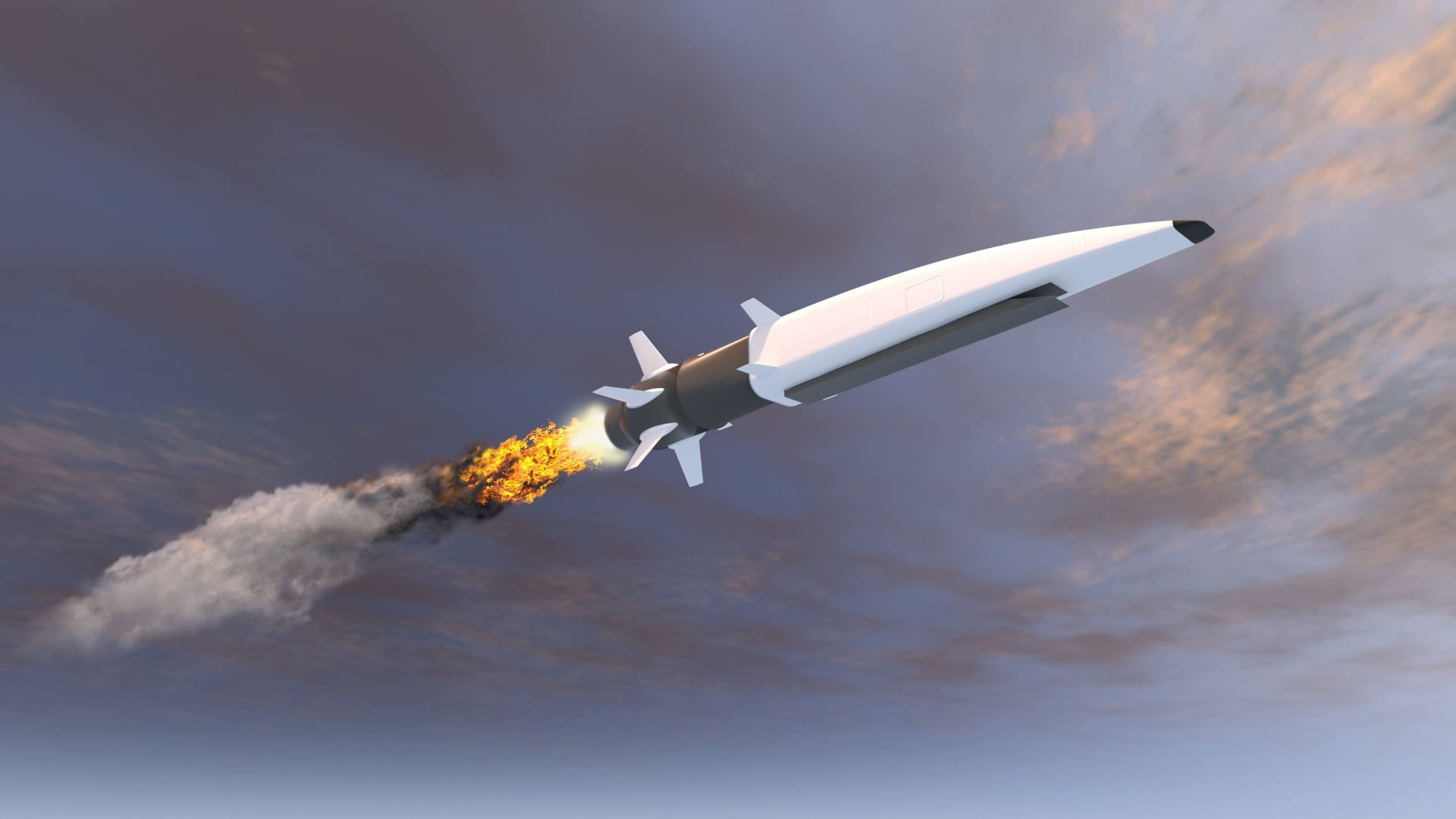ORLANDO, Fla. — Lockheed Martin and a small Silicon Valley startup are working together to fine-tune a wearable immersive virtual reality for the military world using a pair of 3-D lenses and a smartphone.
Wearality was a Kickstarter-funded company that approached Lockheed Martin early in its existence "recognizing some of the products we had," Atul Patel, Lockheed's advanced technology director, told reporters in the blue glow of the company's new innovation demonstration center here this week. "They had wanted to take some of those to the infotainment industry."
A partnership was born in January. Wearality is taking Lockheed Martin's lens technology to the commercial marketplace and using funding from its commercial partners to improve the solution, according to Patel.
Then Wearality comes back to Lockheed and Lockheed takes what is learned and improved upon in the commercial sector and applies those solutions to the defense marketplace, Patel explained.
"It actually makes it very exciting that we are leveraging commercial investments that are focused on the gaming environment and the infotainment environment to help progress our product set," he said.
Applying the lightweight 3-D glasses that can be easily affixed to a smartphone or small tablet — from iPhones to Androids — creates what Wearality's website calls "a movie theater in your pocket."
But for troops, that means bringing a whole virtual training environment — whether it's a cockpit, a vehicle or some other terrain — into their living room at a very low cost.
"What's nice is you could have that on your laptop and utilize wherever you go," Patel said. "If you've got some time at home, you can do some training in front of the television as you are watching commercials."
While other companies such as Google have developed similar technologies, Lockheed's lenses — its intellectual property contribution to the wearable virtual reality solution — have a much wider field of view.
"We want to make sure this feels very natural when you are actually utilizing it," Patel said. "Having the wider field of view gives you the opportunity for the peripheral vision to come into play, and it helps mitigate motion sickness which you would get in a very tight field-of-view solution."
Lockheed is working to address issues that often come with virtual reality wearable technology, including programming the software in the virtual display to sync with natural head motions. "Wearing this for a long time, you've got to make sure you address that," Patel said, ensuring "the capability for syncing the motion that you see in the vision space is aligned to what your head feels so as you move your head around, you want to make sure the image also moves around in the same format."
Email: jjudson@defensenews.com
Twitter: @JenJudson
Jen Judson is an award-winning journalist covering land warfare for Defense News. She has also worked for Politico and Inside Defense. She holds a Master of Science degree in journalism from Boston University and a Bachelor of Arts degree from Kenyon College.







